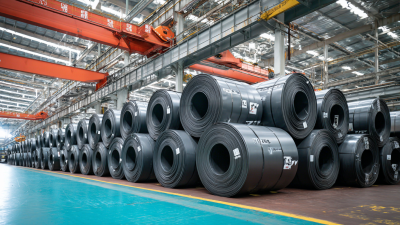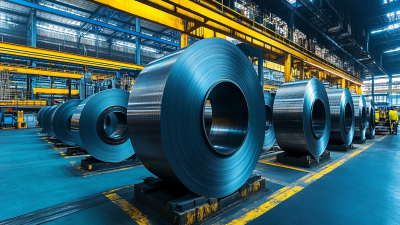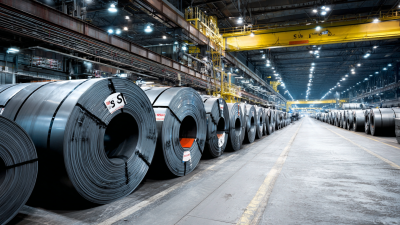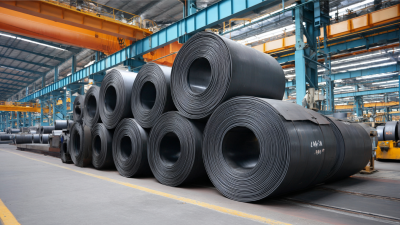The debate between cold rolled and hot rolled carbon steel coils is crucial for industries that rely heavily on steel products. According to a report from the World Steel Association, carbon steel remains the most widely used type of steel worldwide, owing to its versatility and strength. Specifically, carbon steel coil cold roll products are known for their superior surface finish, tighter tolerances, and enhanced mechanical properties compared to their hot rolled counterparts.
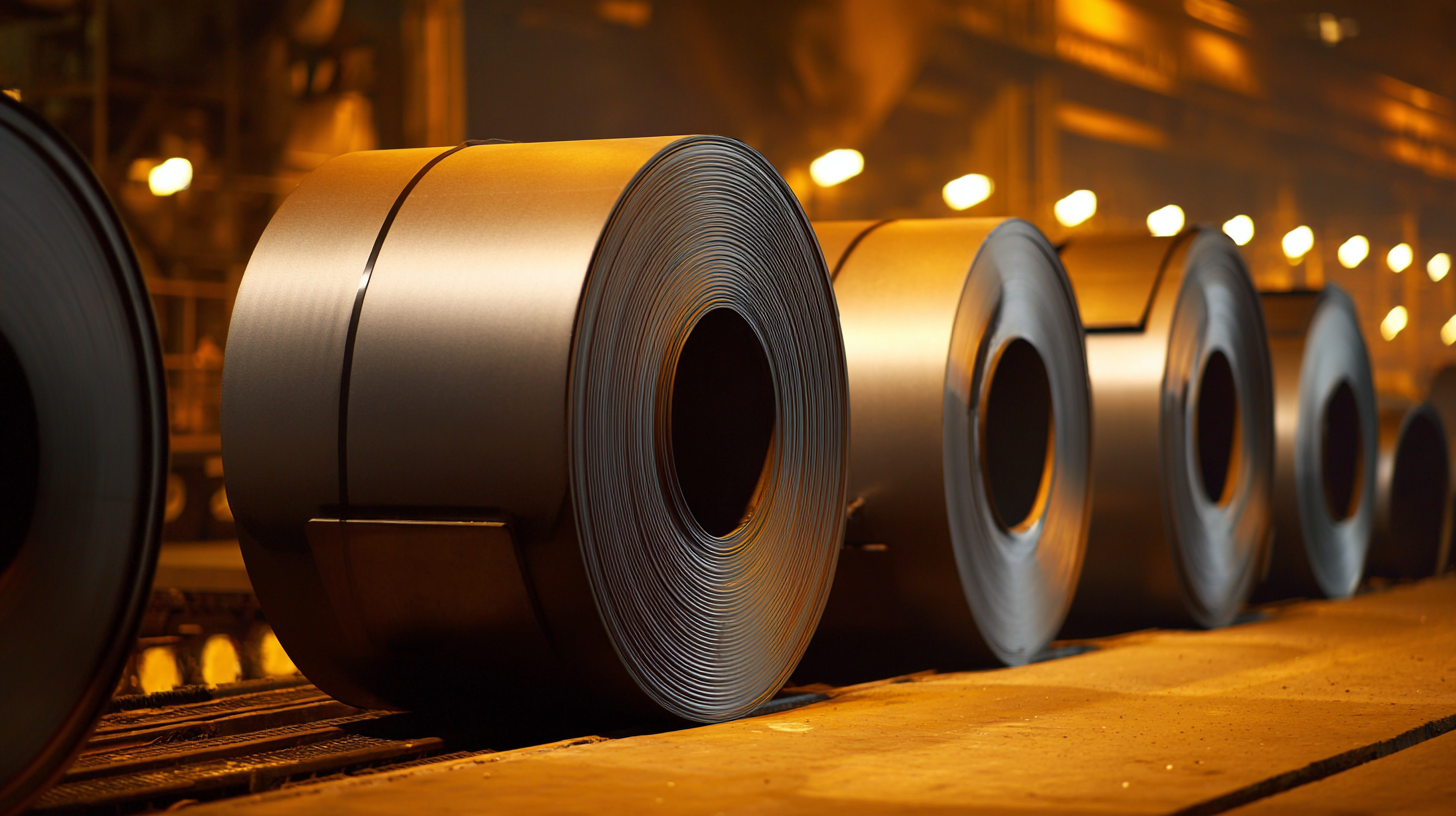
As demand for high-quality steel increases in sectors such as automotive, construction, and manufacturing, understanding the key differences between these two processes becomes imperative for decision-makers. This blog will explore the benefits of carbon steel coil cold roll, shedding light on how manufacturers can leverage these advantages to optimize their production and enhance product quality in a competitive market.
When it comes to carbon steel coils, understanding the differences between cold rolled and hot rolled variations is crucial for selecting the right material for your project. Cold rolled steel is processed at room temperature, resulting in a smoother finish and tighter tolerances. This makes it ideal for applications that require precise dimensions and a more polished appearance. On the other hand, hot rolled steel is processed at high temperatures, which allows for easier shaping but can result in a rougher surface and less accuracy in dimensions.
Tips: When choosing between cold rolled and hot rolled steel, consider the specific needs of your application. If you require strength and durability with less concern for surface quality, hot rolled may be the way to go. However, for applications that demand a high-quality finish and strict tolerance, opt for cold rolled steel. Additionally, think about the cost implications; cold rolled steel generally commands a higher price due to the additional processing it undergoes.
Another aspect to consider is the versatility of each type. Cold rolled steel is often used in the manufacturing of automotive parts, appliances, and furniture, while hot rolled steel is commonly found in large-scale structural applications such as construction and heavy machinery. Understanding these contexts can help you make a more informed decision based on industry demands and end-use requirements.
| Feature | Cold Rolled Carbon Steel Coils | Hot Rolled Carbon Steel Coils |
|---|---|---|
| Thickness Range | 0.1 mm to 3 mm | 3 mm to 50 mm |
| Surface Finish | Smooth and Precise | Rough and Scaly |
| Strength | Higher Yield Strength | Lower Yield Strength |
| Cost | Generally Higher | Generally Lower |
| Applications | Automotive Parts, Appliances | Construction, Heavy Machinery |
| Formability | Excellent Formability | Good Formability |
| Availability | Widely Available | Easily Available |
Cold rolled and hot rolled steel coils serve distinct purposes in various industries, primarily due to their differing manufacturing processes and resulting characteristics. Cold rolled steel, processed at room temperature, undergoes further processing after its initial formation, resulting in a smoother surface finish, tighter dimensional tolerances, and improved mechanical properties. According to a report by IBISWorld, the cold rolled steel market is expected to reach approximately $33 billion by 2025, driven by its increasing use in precision manufacturing sectors, such as automotive and appliances.
In contrast, hot rolled steel is produced at elevated temperatures, allowing for easier shaping and forming during the manufacturing process. While it tends to have a rougher surface finish and larger tolerances, hot rolled steel's ability to undergo further processing makes it a cost-effective choice for construction and structural applications. A study from Grand View Research highlighted that the global hot rolled steel market was valued at about $300 billion in 2022, reflecting its crucial role in infrastructure development. Understanding these key characteristics is essential for manufacturers when selecting the appropriate steel type for specific applications.
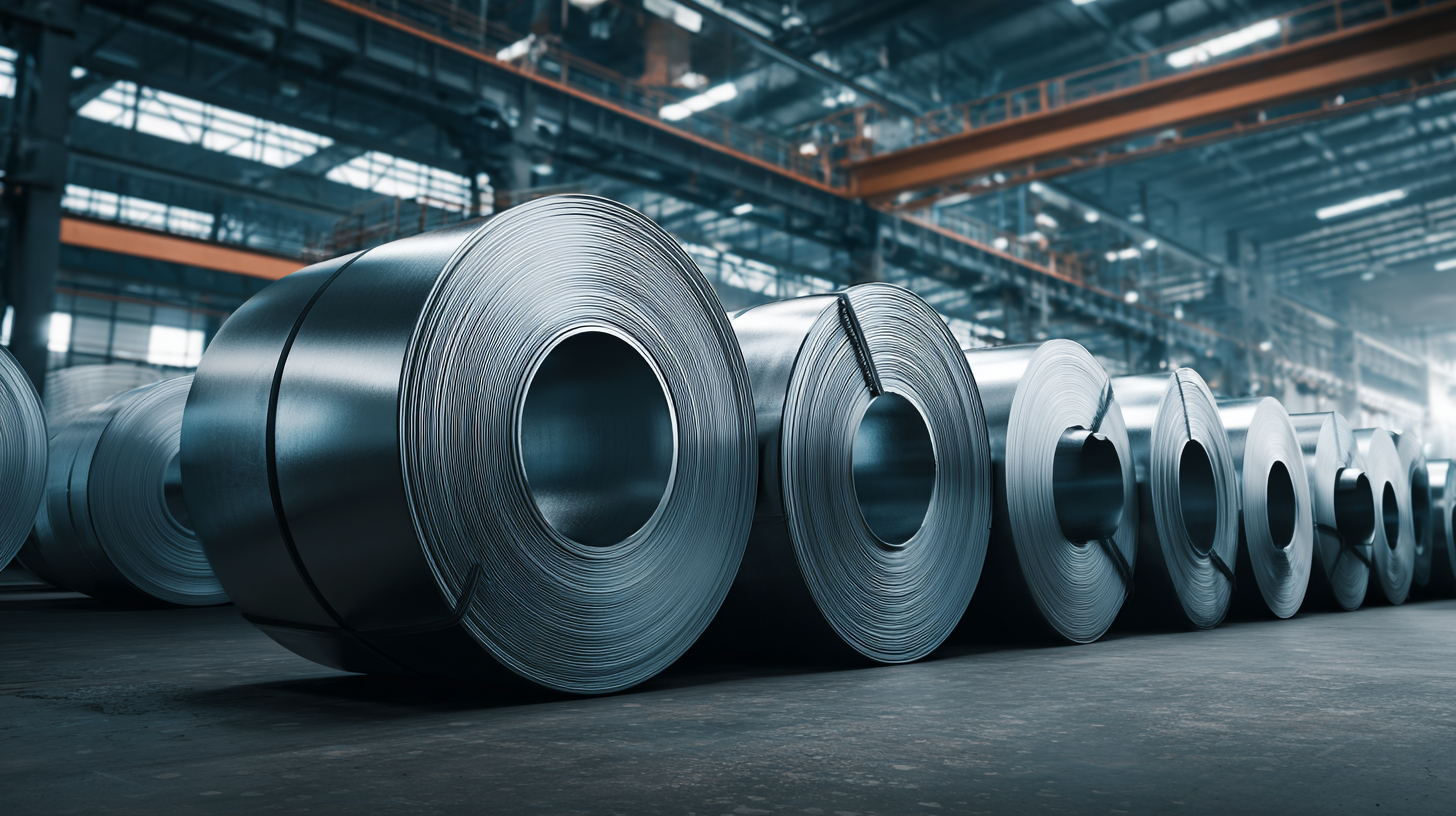
When comparing cold rolled and hot rolled carbon steel coils, understanding their advantages and disadvantages is crucial for industries making material choices. Cold rolled steel is known for its superior surface finish and tighter tolerances, making it ideal for applications requiring precision, such as automotive parts and home appliances. Its enhanced strength and formability are also significant benefits, allowing manufacturers to create intricate shapes without compromising structural integrity.
On the other hand, hot rolled steel typically involves a simpler production process, leading to lower costs and quicker fabrication times. This makes it a practical choice for construction applications where large and robust steel components are necessary. However, hot rolled steel often has a rougher surface finish and less precise dimensions compared to its cold rolled counterpart.
Industries must weigh these factors carefully, assessing project requirements and budget constraints to choose the most appropriate steel type for their specific applications.
When selecting between cold rolled and hot rolled steel, understanding their distinct applications is crucial for optimal performance in various industries. Cold rolled steel, characterized by its superior surface finish and tighter tolerances, is an ideal choice for manufacturing precision components, such as automotive parts and furniture frames. According to a report by the World Steel Association, the cold rolled steel market is projected to grow by 4.5% annually, driven by increasing demand in the automotive and consumer goods sectors.
On the other hand, hot rolled steel offers greater ductility and is generally more cost-effective, making it suitable for structural applications like beams and pipes. The American Iron and Steel Institute highlights that hot rolled steel accounts for over 65% of total steel production in North America, emphasizing its widespread use in construction and heavy machinery. Industries must assess their requirements, balancing factors such as strength, malleability, and cost-efficiency, to determine whether cold or hot rolled steel is the right fit for their projects.
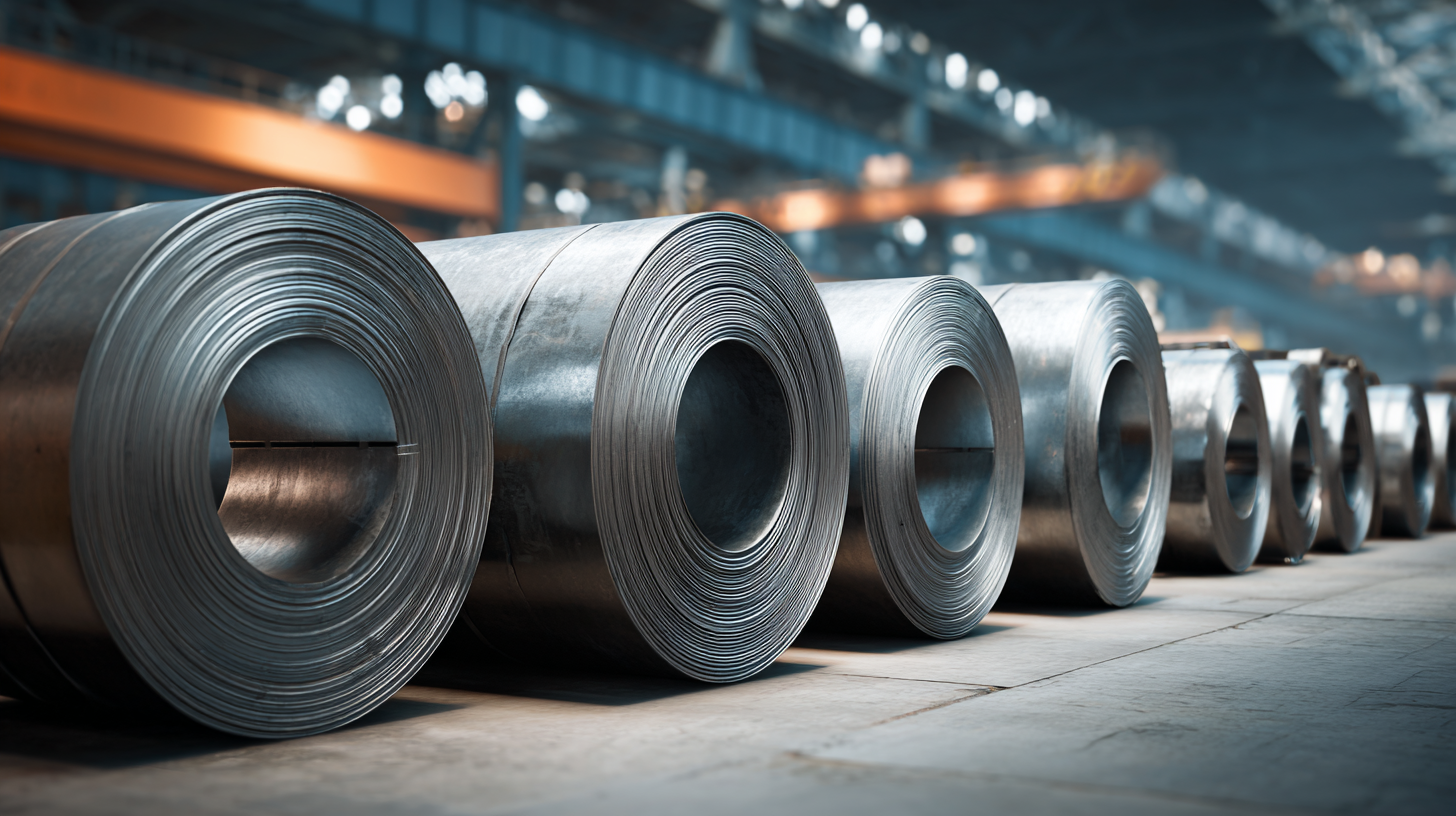 When it comes to selecting between cold rolled and hot rolled carbon steel coils, cost implications play a vital role in decision-making.
Cold rolled steel coils are typically more expensive than their hot rolled counterparts due to the additional processing they undergo. The cold rolling process involves refining the steel at room temperature, which enhances its surface finish, dimensional accuracy, and mechanical properties. This extra processing contributes to higher production costs, making cold rolled options less budget-friendly for large-scale operations.
When it comes to selecting between cold rolled and hot rolled carbon steel coils, cost implications play a vital role in decision-making.
Cold rolled steel coils are typically more expensive than their hot rolled counterparts due to the additional processing they undergo. The cold rolling process involves refining the steel at room temperature, which enhances its surface finish, dimensional accuracy, and mechanical properties. This extra processing contributes to higher production costs, making cold rolled options less budget-friendly for large-scale operations.
Conversely, hot rolled steel coils offer a cost-effective alternative for projects where precision and aesthetics are less critical. Produced by rolling steel at elevated temperatures, hot rolled coils require less energy and result in quicker production times, leading to lower prices. However, the trade-off is that hot rolled steel may have a rougher finish and less precise dimensions.
As industries continue to weigh their options, understanding these pricing dynamics is essential for making informed procurement decisions that align with project needs and budget constraints.
